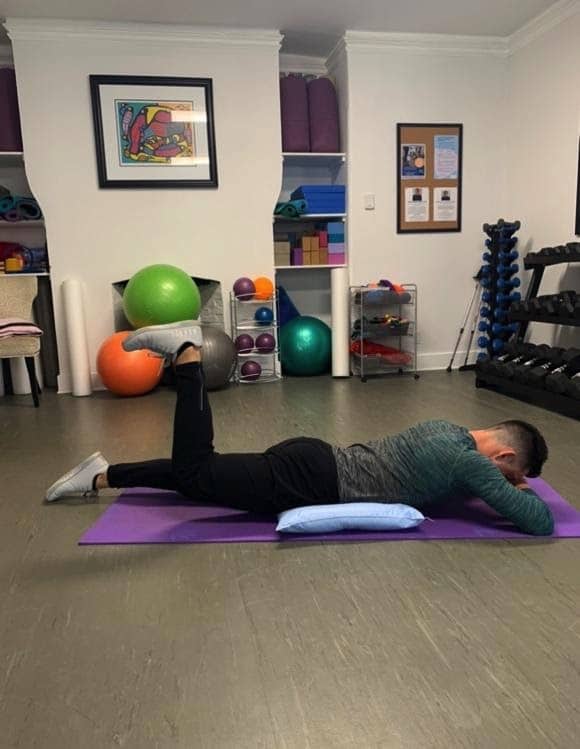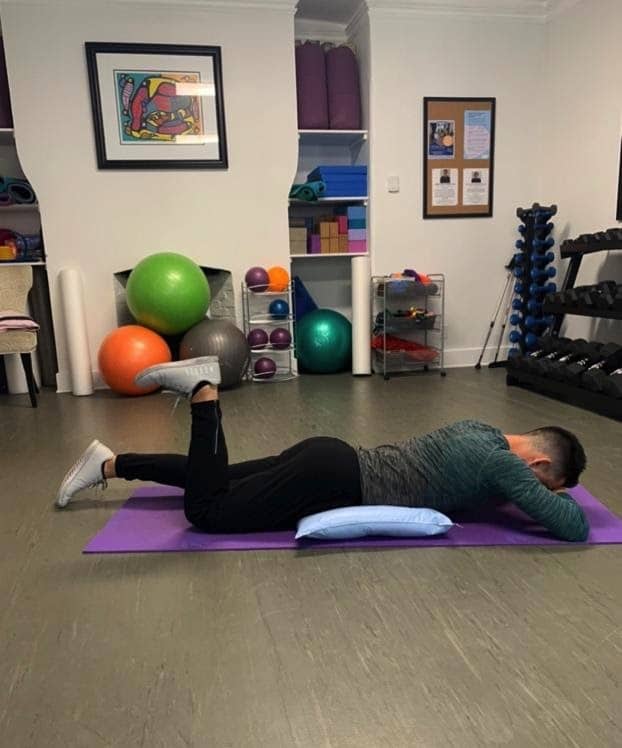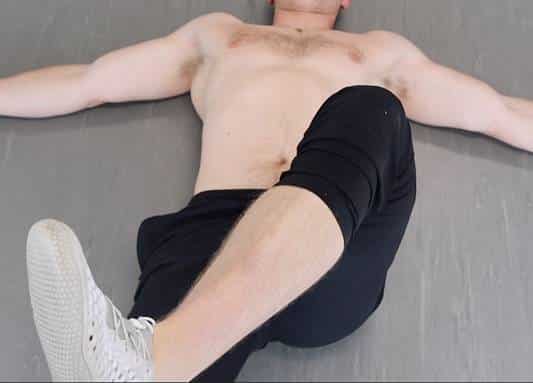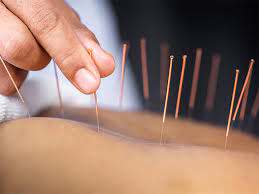By: Mark Filk
B.A., CanFitPro Certified Personal Trainer
Hip flexors are one of the most important groups of muscles in the lower body. They are often overlooked with exercise and stretching since the quads, hamstrings, and calves get the most attention. Hip flexors are a group of muscles that allow flexion at the hip joint. In other words, they allow us to lift our legs when standing and bring the knees toward the body. We use our hip flexors for everyday activity that include but not limited to walking, sitting, jogging, bending, and swiveling.
Tight hip flexors are common in runners because of repetitive use from flexing the hip with every step and weak glutes. For long distance runners our glutes are just not as strong or used when running like our quads, hamstrings, and calves. In Part 1 and 2 of this blog, we will look at the anatomy of the hip flexors and how to remedy those issues.
The hip flexors are composed of the following quartet:
- Iliopsoas – the strongest of the hip flexors are responsible for stabilizing the lower back and are composed of two different muscles: the iliacus and the psoas. The former attaches pelvis to femur (thigh bone) and provides rotation at the thigh. The latter originates in the lumbar spine to the femur through the pelvis.
- Rectus femoris – aka the ‘quad muscle’ which originates at the pelvis and attaches to the knee. It has a popular fanbase as it is often used when performing squats and lunges yet remains to be part of hip flexor group.
- Sartorius – originates at the pelvis and attaches to the medial (inside) part of the knee. It is a long narrow muscle that runs in a spiral.
In addition to their major role at flexing the hip, they have a supporting role in stabilizing the spine, hence the attachments of the iliopsoas, thus taking part in core muscles and spine stabilizers. Since they draw the knees into the body they are in a shortened position when we are sitting. So, culprit number 1 for tight and shortened hip flexors is the chair and because we are living in a time where many of us are working from home, that tightness and shortness accumulates leading to lower back complaints.
When our underrated flexors are tight it places the hips in a subtle constant flexion. This persistent flexion pulls our pelvis forward which ends up pulling our lumbar spine into extension – lower back arch. As easy as it is to put blame on our workstations at home, we must also consider that muscle imbalances don’t help in the shortening and tightness of our hip flexors. Weak glutes and core as well as tight hamstrings and lower back creates imbalances around the hip, pelvis, and lower back.
It may sound surprising, but to combat these flaws we must lengthen and strengthen our hip flexors. Otherwise, we may experience further restricted mobility, injuries, and pain. We will look at a few stretches to lengthen and a few exercises to strengthen. Stretching should be done daily, especially when we are seated for countless hours daily.
Stretches
Foam Rolling
Place yourself into forearm plank position on a mat with the roller under the front of one hip. Let the other leg rest to the side, off the roller. Roll the area up and down in a short movement for about 20-30 seconds, focusing on tight areas.
Kneeling Hip Flexor Stretch
Step forward with your right leg with right knee placed on the mat (lunge position). Flatten left foot so toes are pointed behind you. Place hands on your sides and right leg for support and balance and push your hips slightly forward until you feel a stretch in your left hip flexor. Lean forward to deepen the stretch and keep back straight and core engaged. Hold position for 30 seconds and switch.

Heel Flexor Heal Prop
Lay face down on a mat or a soft surface. (Optional: you can place a pillow under your stomach if you have low back pain.) Place head down and bend knee to be at 90 degrees. Imagine trying to kick up to the ceiling so that your foot is flat. Lift leg up by squeezing your buttocks and keep core tight as you push your leg up. You will feel a stretch in the hip flexor. Repeat 10-12 times and change legs.
Recline Hip Stretch
Lie on your back on a mat and bring left knee closer to chest. Bring right knee up and rotate right leg outward so that right ankle can rest on left thigh. To deepen stretch pull left leg to you by grasping hands behind left thigh. Hold for 20-30 seconds.
Check back tomorrow for Part 2: How to Strengthen the Hip Flexors!
Have questions for Mark? Call us at 613-680-3993 or email us at [email protected] and we will put you in contact! If you want to know more about Mark, read his biography here.










